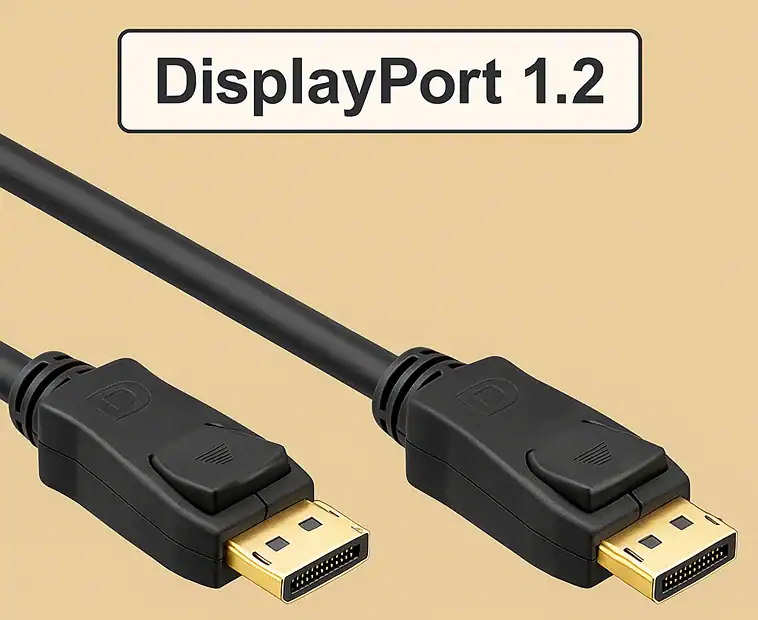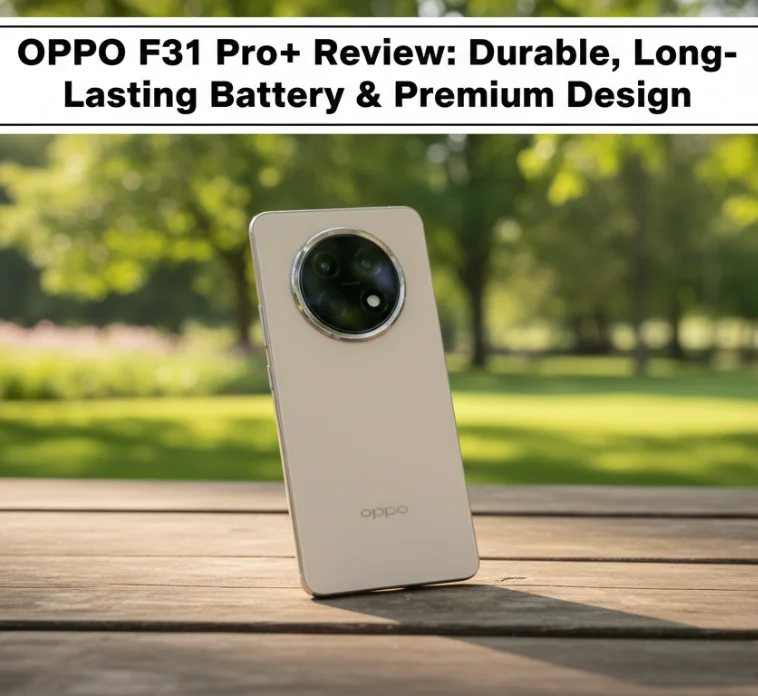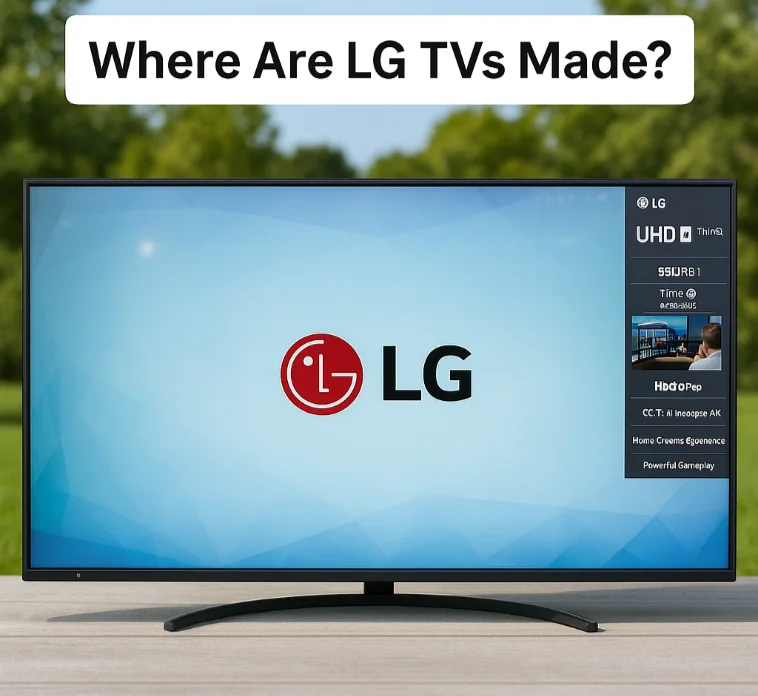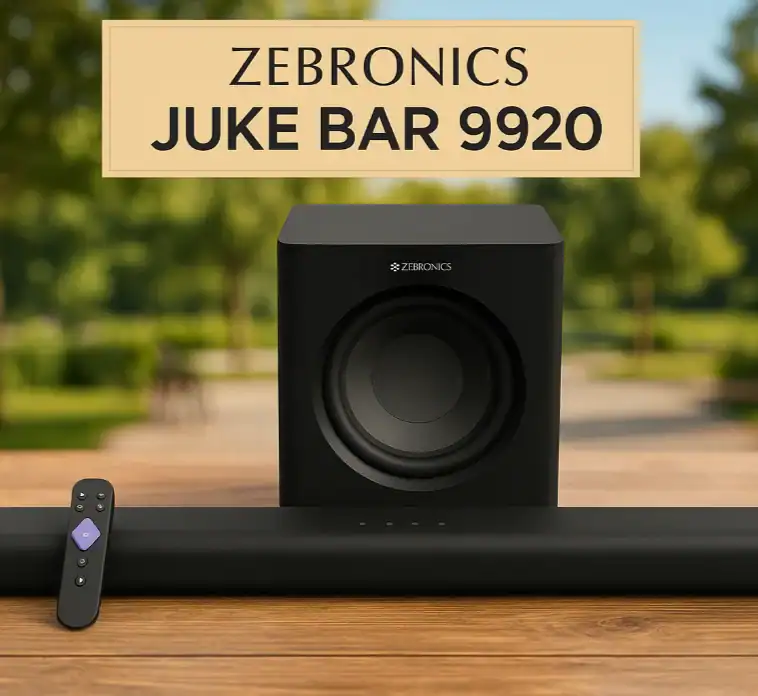With the ever-evolving technology of the digital world, the choice of display interfaces has become increasingly varied. DisplayPort 1.2, as a digital video interface of high performance, is suitable for the great performance and wide compatibility that it has among the list of display interfaces. This article is going to focus on the major features, benefits, and application scenarios of DisplayPort 1.2 so that you can be more acquainted with this standard.
What is DisplayPort 1.2?
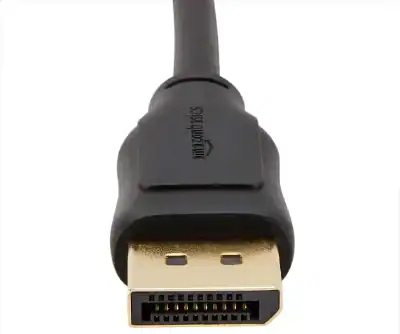
DisplayPort 1.2 is a part of the DisplayPort standard that is designed for video and audio transmission, allowing a maximum bandwidth of a maximum 17.28 Gbps and capable of carrying 4K video (3840 x 2160 @ 60Hz) signals. It supports up to eight audio channels, offers 10-bit color depth for vibrant color display, and facilitates multi-monitor connections using the Multi-Stream Transport (MST) capability.
Besides, DisplayPort 1.2 enables USB data transmission and is backward compatible with previous versions, thus allowing access to new and old devices. This standard is the one that is most suitable to use with high-end monitors, graphics cards, and other video equipment. The main usage of it is in various scenarios such as those requiring high-quality image and audio output, which include gaming, professional graphic design, and video editing.
Factors to consider when choosing DisplayPort 1.2
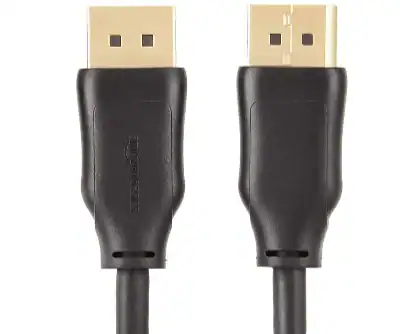
To find the right DisplayPort 1.2 device that matches your needs, it is vital to consider the factors mentioned below. When you go to buy DP 1.2, you must pay attention to these ins and outs:
Bandwidth Requirements: The first step is to check out your devices and programs to see if they can employ the 17.28 Gbps bandwidth of DP 1.2, especially in case you are going to transfer 4K or higher resolution video.
Number of Monitors: Let’s say you are going to use more than one monitor, then make sure that the device supports Multi-Stream Transport (MST) because without it, you will not be able to connect several monitors through one interface.
Color Depth: Now, let’s think about your job. A color depth of 10-bit is able to reproduce colors more saturated; it is as if you were working with graphic design and video editing.
Audio Requirements: If you intend to have the best possible audio output, make sure that the device is able to provide it by supporting a maximum of 8 channels in the audio transmission.
Compatibility: Check that the monitor, graphics card, and other devices that you can support DisplayPort 1.2, and they can be compatible with older DisplayPort versions.
Applications of DisplayPort 1.2
Besides being a top-notch high-bandwidth and flexible interface, DisplayPort 1.2 has noteworthy advantages in different areas of the tech world. So here’s a list of the major DisplayPort 1.2 applications:
Multi-Monitor Setup: Single-cable via DP 1.2 multiple displays connection (e.g., multi-screen displays and video conferencing), perfect for users with expanded workspace requirements, such as those for designers and financial analysts.
High-Resolution Gaming: It is powerful enough to process a 4K resolution with a high refresh rate, thus fulfilling gamers’ needs of image quality and smoothness, which goes with the increase in gaming experience.
Professional Graphic Design: It not only gives correct color and detailed images, but it can also rule out the professional fields such as video editing, graphic design, and animation production.
Home Theater: Multi-channel audio output is supported, thus it is feasible to build a high-quality home theater system, which will, in turn, enhance your entertainment experience.
Is DP 1.2 better than HDMI?

In the television industry, HDMI is the most well-known, and DisplayPort is the main player in the computer monitor market, which especially applies to gaming. Both of them have good points. DisplayPort 1.2 has several advantages over HDMI, such as a bandwidth of up to 17.28 Gbps that is perfect for 4K@60Hz, and also allows connecting several displays by using the Multi-Stream Transport (MST) feature. In addition, DP 1.2 supports a higher color depth (10-bit); hence, it is perfect for using professional applications and backward compatible with previous versions. On the other hand, HDMI is more widely used in home entertainment systems and generally offers better Audio Return Channel (ARC) and Consumer Electronics Control (CEC) features. The final decision should be made based on what you are going to do with it. For a detailed comparison, check out our guide on DisplayPort vs HDMI for 4K gaming.
Monitor Type
Each monitor is unique from one another according to the model. If you have an old one, then DisplayPort 1.2 might be too much. In case you are purchasing a gaming or graphic design monitor, a DP 1.2 port is a must. Always making sure the monitor’s DP connector supports DP 1.2 max refresh rate or above is a good idea.
Display Resolution
Resolution defines the clarity of the screen. If your monitor resolution is 1080p or 1440p, DP1.2 is a perfect choice.
Max Transmission Rate
Data rate for DP 1.2 fulfills 17.28 Gbps, DP 1.4 reaches 25.92 Gbps, while DP 2.0 boosts it to 77.37 Gbps. The peak data rate has risen after every new version change in the graph above, which simply means that the DP cable is getting more power to handle data. A high transmission rate can increase data transmission efficiency, reduce transmission time, and simultaneously ensure the real-time and quality of transmission. Therefore, high transmission rates are necessary for some application scenarios, such as data centers, video conferencing, virtual reality, and so on.
Bandwidth
DP 1.2 provides a maximum bandwidth of 21.6 Gbps, while DP 1.4 can deliver 32.4 Gbps and DP 2.0 up to 80 Gbps. We all know that bandwidth is a pipe through which video and audio signals travel. The higher the bandwidth capacity, the higher the data transmission rate is.
FAQs
What are the main differences between DisplayPort 1.2 and HDMI?
What devices can I connect with DisplayPort 1.2?
Can I simultaneously utilize several monitors?
Is DisplayPort 1.2 capable of 4k display output?
Is DisplayPort 1.2 backward compatible?
What should I do if my monitor has no DisplayPort connection?
Summary
To wrap it up, DisplayPort 1.2 features extensively in numerous practical life situations. A big upgrade in bandwidth, resolution, and refresh rate turns it into the perfect connector for high-resolution and high-refresh-rate screens. DP 1.2 is especially apt for cases like connecting 4K or 8K displays for sharp pictures, linking high-refresh-rate monitors to satisfy gaming or video editing requirements, and connecting HDR displays for a more visually convincing experience. Opting for DisplayPort 1.2 will give users not only the best visual experience but also the most flexibility.
Last Words
To sum up, DisplayPort 1.2 technology is extremely versatile and can be used in different ways to make our lives better. It offers a considerable boost in bandwidth, resolution, and refresh rate in comparison with the older generations. For those considering an upgrade, our DisplayPort 1.4 vs 1.2 comparison can help you understand the differences between these versions. DP1.2 is capable of dealing with jobs like running a 4K or 8K screen, playing games at high refresh rates, or driving an HDR monitor for more accurate colors. Additionally, if you’re looking for even more advanced connectivity options, you might want to explore Thunderbolt 4 technology for enhanced performance capabilities.

